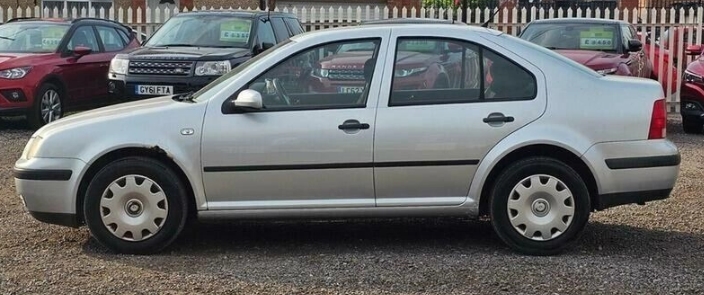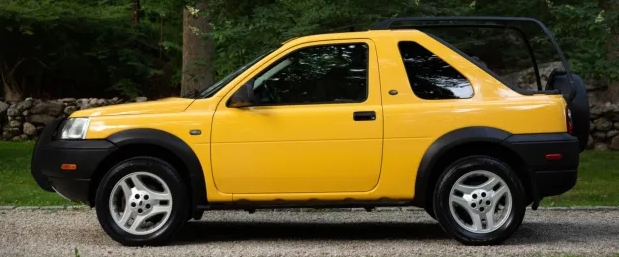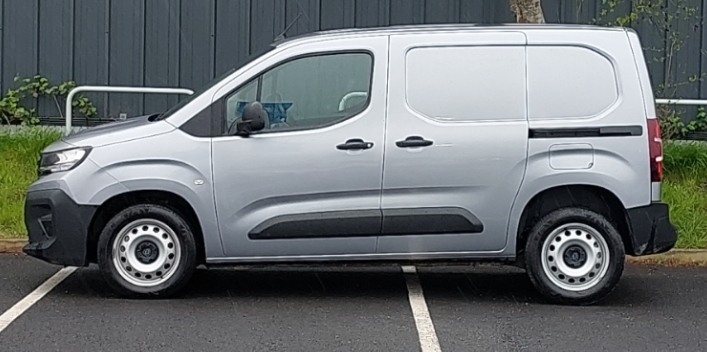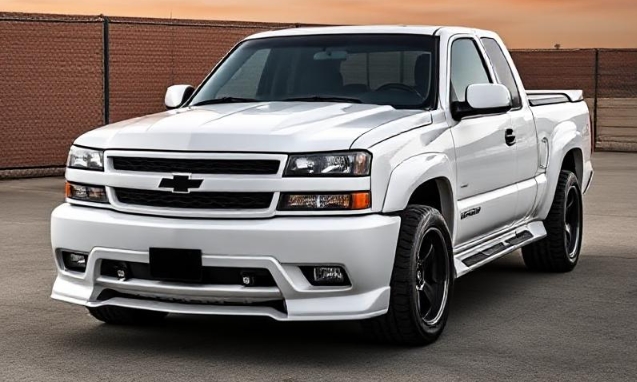The Evolution of the Audi S3 and S4: A Detailed Historical Overview
Introduction
Audi’s high-performance S models have long embodied the brand’s commitment to blending everyday usability with exhilarating performance. Among these, the Audi S3 and S4 stand out as flagship sporty variants within their respective Audi model lines. Over the decades, both models have evolved significantly, reflecting advances in automotive technology, design philosophy, and consumer preferences. This article provides an in-depth look into the history, development, and variants of the Audi S3 and S4 from their inception to the present day.
The Audi S3: A Compact Performance Icon
Origins and Early Models (1999–2006)
The Audi S3 was first introduced in 1999 as a high-performance variant of the Audi A3 hatchback. It was designed to offer sporty dynamics within the compact hatchback segment, targeting enthusiasts seeking a premium yet agile vehicle.
- First Generation (8L; 1999–2003):
- Introduction: The first-generation S3 was launched in 1999, primarily in Europe and select markets.
- Engine: Powered by a 1.8-liter turbocharged inline-four engine, producing approximately 210 horsepower.
- Models & Trims: Available as a three-door hatchback (3-door) with a manual transmission, and later with an optional six-speed automatic.
- Performance: 0-60 mph in about 6.0 seconds, with Quattro all-wheel drive as standard.
- Special Features: Sport-tuned suspension, upgraded brakes, and sport seats.
- Second Generation (8P; 2006–2012):
- Introduction: The second-generation S3 debuted in 2006, marking a significant technological upgrade.
- Engine: An evolved 2.0-liter TFSI turbocharged inline-four, delivering 265 horsepower (increased to 300hp in later models).
- Models & Trims: Offered as a 3-door hatchback and later as a 5-door Sportback variant.
- Notable Versions: The 2009 facelift introduced the “S3 Sportback” with slightly refined styling and additional features.
- Performance: 0-60 mph in approximately 5.7 seconds for the 265hp version.
- Features: Quattro all-wheel drive, sport-tuned suspension, optional S Sport seats.
The Modern Era (2013–Present)
- Third Generation (8V; 2013–2020):
- Introduction: Launched globally in 2013, the third-generation S3 marked a significant technological leap.
- Engine: Powered by a 2.0-liter TFSI engine producing 300 horsepower, with later models reaching 310hp.
- Models & Trims: Available as a three-door hatchback, five-door Sportback, and a sedan (introduced later).
- Performance: 0-60 mph in about 4.6 seconds for the 310hp variant.
- Innovations: Incorporation of digital cockpit, advanced driver assistance, and refined chassis dynamics.
- Special Editions: Limited editions such as the S3 Plus and S3 Performance Editions.
- Fourth Generation (8Y; 2021–Present):
- Introduction: The latest iteration introduced in 2021, with significant technological and aesthetic updates.
- Engine: Continues with a 2.0-liter TFSI engine, now producing up to 306 horsepower.
- Models & Trims: Available as a hatchback, Sportback, and sedan.
- Performance: 0-60 mph in approximately 4.8 seconds.
- Features: Matrix LED headlights, virtual cockpit, MMI touch response system, and optional dynamic package.
- Special Variants: The high-performance S3 Performance and limited editions.
The Audi S4: A Mid-Size Sports Sedan with a Rich Heritage
Early Beginnings (1991–2002)
The S4 has traditionally been positioned as the performance variant of the Audi A4, combining practicality with high performance.
- First Generation (B5; 1991–2002):
- Introduction: The first S4 was introduced in 1991 as a high-performance version of the Audi 100/A4.
- Engine: Powered by a 2.2-liter turbocharged inline-five engine, producing 227 horsepower.
- Body Styles: Available as a sedan and Avant (wagon).
- Performance: 0-60 mph in approximately 6.4 seconds.
- Features: Quattro all-wheel drive, sport suspension, and upgraded brakes.
The Modern S4: Evolution and Refinement
- Second Generation (B6; 2002–2008):
- Engine: Upgraded to a 4.2-liter V8 producing 340 horsepower.
- Models & Trims: Offered as sedan and Avant.
- Performance: 0-60 mph in about 5.5 seconds.
- Notable Features: Magnetic ride control, sport differential, and a more aggressive styling language.
- Third Generation (B8; 2008–2016):
- Engine: Switched to a 3.0-liter supercharged V6 producing 333 horsepower.
- Transmission: Standard seven-speed dual-clutch S tronic transmission.
- Models & Trims: Sedan, Avant, with optional S Sport packages.
- Performance: 0-60 mph in approximately 4.9 seconds.
- Advancements: Adaptive cruise, virtual cockpit, and driver assistance systems.
- Fourth Generation (B9; 2016–2023):
- Engine: Transitioned to a 3.0-liter twin-turbocharged V6 producing 349 horsepower (standard) and up to 354 horsepower in the S4.
- Models & Trims: Sedan and Avant, with prestige and dynamic trims.
- Performance: 0-60 mph in about 4.4 seconds.
- Features: Audi Virtual Cockpit, Matrix LED headlights, and advanced driver aids.
- Special Editions: Competition models with increased power and sportier features.
The Fifth Generation (2023–Present)
- Current S4 (B9.5):
- Updates: The latest facelift introduced in 2023 features subtle styling tweaks, additional technology, and slight power increases.
- Engine: Continues with the 3.0-liter twin-turbo V6, now producing up to 354 horsepower.
- Models & Trims: Premium, Premium Plus, and Prestige trims available.
- Performance: 0-60 mph in approximately 4.2 seconds.
- Technology: Enhanced MMI touchscreen system, augmented reality head-up display, and semi-autonomous driving features.
Key Technological and Performance Developments
Powertrain Advancements
- Transition from turbocharged inline-fours (S3) to larger capacity engines like V8s (early S4) and then to supercharged and twin-turbocharged V6s.
- Increasing horsepower and torque outputs, with modern models exceeding 300hp comfortably.
- Introduction of dual-clutch transmissions for rapid gear shifts.
Chassis and Handling
- Progressive refinement of suspension systems, from sport-tuned setups to adaptive magnetic ride control.
- Implementation of Quattro all-wheel-drive systems as standard, ensuring superior traction and handling.
- Use of lightweight materials and aerodynamic enhancements to improve agility and efficiency.
Interior and Technology
- Integration of digital instrument clusters (Virtual Cockpit) starting with B8.
- Advanced infotainment systems with MMI touch response, smartphone connectivity, and navigation.
- Enhanced driver assistance systems, including adaptive cruise control, lane assist, and semi-autonomous driving modes.
.
RepairSurge Online Repair Manuals Replace Bulky Books With Reliable Digital Information!
Faster And Cheaper Than Traditional Printed Manuals, Users Get Instant Access To The Repair Information They Need For Any Car, Truck, Van or SUV:
.
Special Editions and Market Variations
Throughout their histories, both the S3 and S4 have seen numerous special editions aimed at enthusiasts seeking exclusivity and enhanced performance:
- Audi S3 Plus and Performance Editions: Limited-run models with increased power, unique styling cues, and upgraded features.
- Audi S4 Competition and Vorsprung Trims: Top-tier trims with performance upgrades, exclusive interior finishes, and technology packages.
- Regional Variations: Certain markets have received unique trim levels or engines, such as the 2.0-liter TFSI in some European models or specific performance packages.
Summary
The Audi S3 and S4 have evolved impressively over the past two decades, reflecting broader trends in automotive engineering, electrification, and consumer expectations. The S3 has grown from a small, turbocharged hatchback offering spirited driving in a compact package to a technologically sophisticated, high-performance hatchback and sedan. Meanwhile, the S4 transitioned from a turbocharged inline-five to a V8-powered beast and ultimately to a refined twin-turbo V6 sports sedan with cutting-edge technology.
Their respective evolutions showcase Audi’s dedication to blending performance, luxury, and everyday usability. As automotive technology continues to advance, future iterations of the S3 and S4 are poised to incorporate electrification, hybridization, and autonomous features, ensuring that these models remain relevant and compelling for generations to come.







